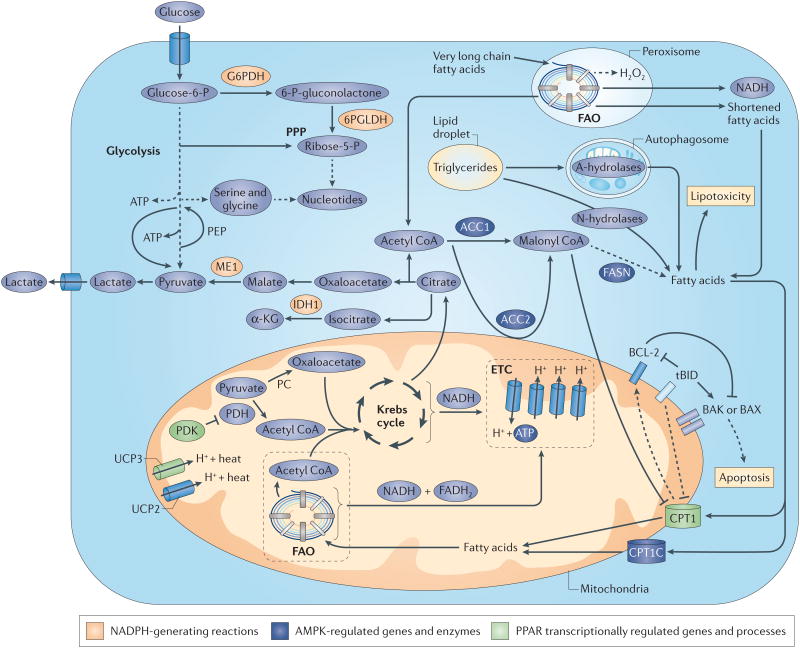Figure 2. Effect of FAO on cancer cell metabolism, growth and survival.
A schematic representation of the metabolic routes interconnected with fatty acid oxidation (FAO) is shown. Central metabolic processes are depicted such as glycolysis, the pentose phosphate pathway (PPP), the Krebs cycle, the electron transport chain (ETC) and FAO. Fatty acids for FAO can either be of extracellular origin (through a first shortening in the peroxisomal FAO for very long fatty acids) or be obtained through the metabolism of triglycerides from lipid droplets. The fate of FAO products is summarized. NADH and FADH2 are oxidized in the ETC for ATP production and acetyl CoA enters the Krebs cycle to produce citrate, which can be exported to the cytoplasm to engage NADPH-producing reactions. Importantly, the accumulation of fatty acids that do not undergo β-oxidation can induce lipotoxicity. Of note, FAO-independent activities of components in this route are depicted. Dashed arrows represent indirect effects or serial reactions. 6PGLDH, 6-phosphogluconate dehydrogenase; α-KG, α-ketoglutarate; ACC, acetyl CoA carboxylase; AMPK, AMP kinase; CPT1, carnitine palmitoyltransferase; FASN, fatty acid synthase; G6PDH, glucose-6-phosphate dehydrogenase; IDH1, isocitrate dehydrogenase 1; ME1, malic enzyme; PC, pyruvate carboxylase; PDK, pyruvate dehydrogenase (PDH) kinase; PEP, phosphoenol pyruvate; PPAR, peroxisome proliferator-activated receptor; UCP, uncoupling protein.

